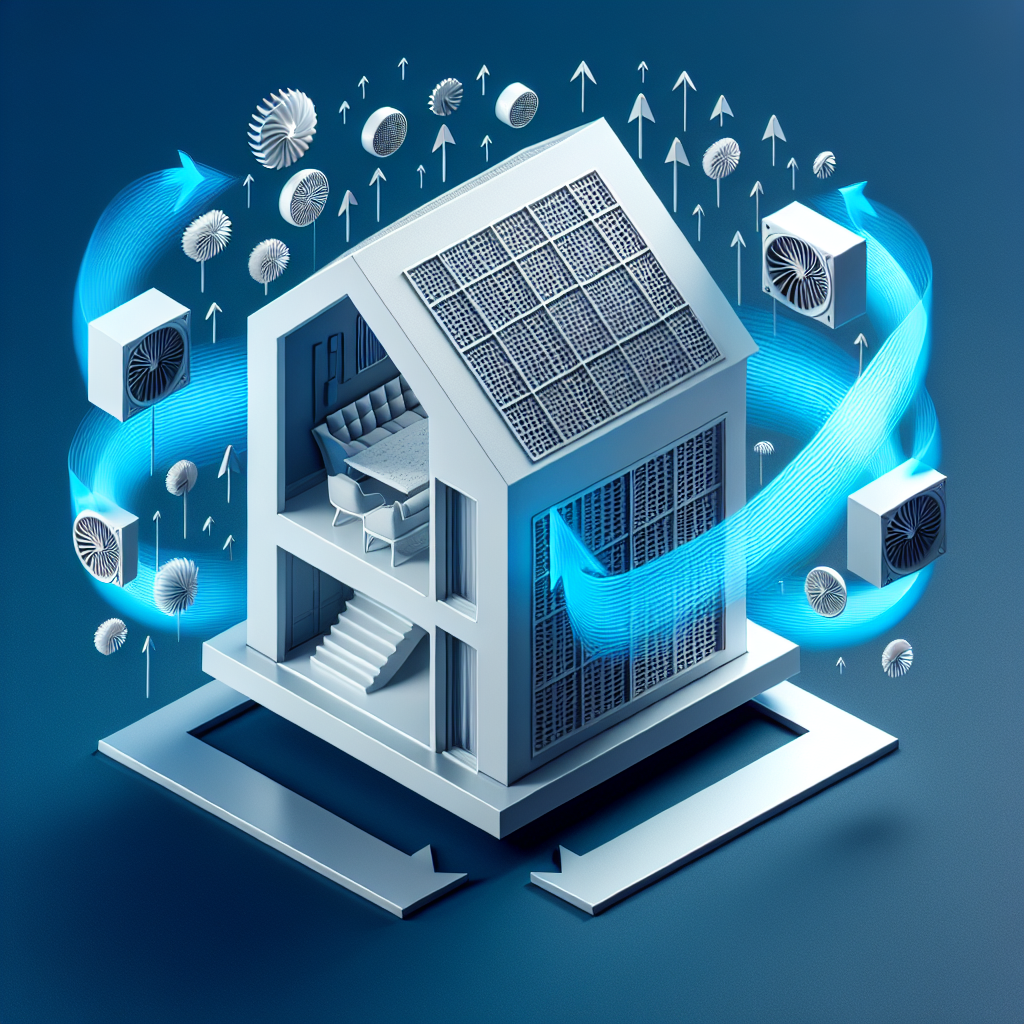Your cart is currently empty!
Top Tips for Upgrading Your Home’s Ventilation System

Having good ventilation in your home is essential for maintaining a healthy indoor environment. Proper ventilation helps to remove pollutants, allergens, and excess moisture from the air, improving air quality and reducing the risk of respiratory issues. If you’re looking to upgrade your home’s ventilation system, here are some top tips to consider:
1. Assess your current ventilation system: Before making any upgrades, it’s important to assess your current ventilation system. Check for any signs of poor ventilation, such as musty odors, condensation on windows, or mold growth. This will help you determine what type of upgrades are needed.
2. Consider installing a whole-house ventilation system: Whole-house ventilation systems are designed to provide continuous, controlled ventilation throughout your home. These systems can help to improve indoor air quality by removing pollutants and allergens from the air. There are several types of whole-house ventilation systems available, including heat recovery ventilators (HRVs) and energy recovery ventilators (ERVs).
3. Invest in a bathroom exhaust fan: Bathroom exhaust fans are essential for removing excess moisture and odors from the air in bathrooms. If your current exhaust fan is outdated or not working properly, consider upgrading to a newer, more efficient model. Look for a fan with a high cubic feet per minute (CFM) rating to ensure adequate ventilation.
4. Install a range hood in the kitchen: Cooking can release pollutants and excess moisture into the air, leading to poor indoor air quality. Installing a range hood in your kitchen can help to remove these pollutants and improve ventilation. Look for a range hood with a high CFM rating and consider opting for a model with a vent that exhausts to the outside, rather than recirculating air back into the kitchen.
5. Seal and insulate ductwork: Leaky ductwork can lead to poor ventilation and energy loss in your home. Inspect your ductwork for any leaks or gaps and seal them with duct mastic or foil tape. Additionally, consider insulating any exposed ductwork to prevent heat loss and condensation.
6. Consider adding a dehumidifier: High humidity levels can lead to mold growth, musty odors, and respiratory issues. If your home is prone to high humidity, consider adding a dehumidifier to help maintain optimal humidity levels. Look for a dehumidifier with a high pint capacity and consider placing it in areas where moisture is a problem, such as basements or bathrooms.
7. Schedule regular maintenance: Once you’ve upgraded your ventilation system, it’s important to schedule regular maintenance to ensure it continues to operate efficiently. Replace air filters regularly, clean ductwork, and have your ventilation system inspected by a professional at least once a year.
By following these top tips for upgrading your home’s ventilation system, you can ensure a healthier indoor environment for you and your family. Improved ventilation can help to reduce pollutants, allergens, and excess moisture in the air, leading to better air quality and overall well-being.

Leave a Reply